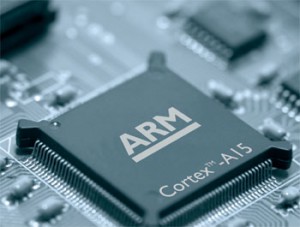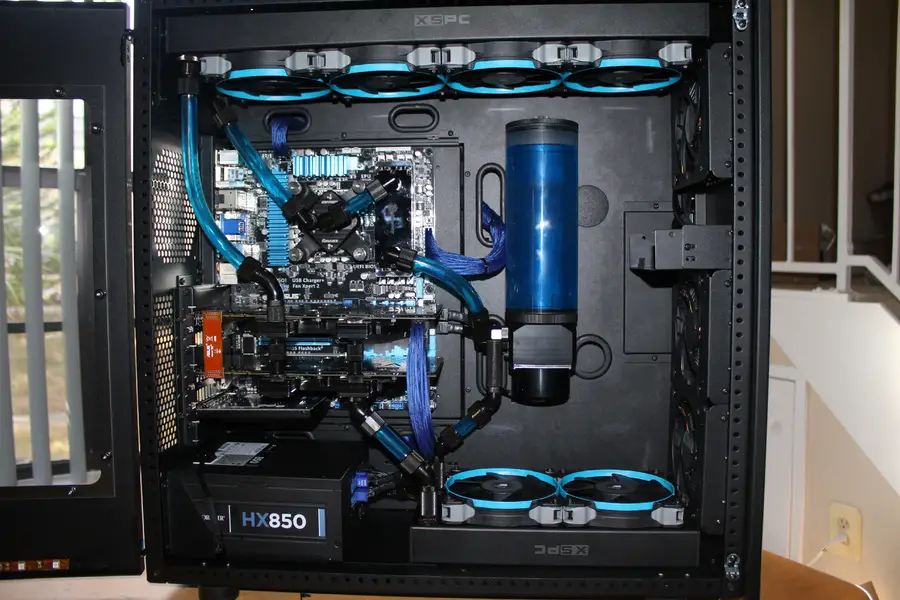Processor evolution
When processors were being developed, the first major parameter indicating its superiority over previous models was the core frequency. And everyone was guided by the fact that the computer had a processor with a frequency of 1.8 GHz, the next processor had a frequency of 2.5 GHz and so on, but there came a time when the frequency was reached the maximum of the processor, this is about 4 GHz and then came the peak of development. Increasing the CPU frequency was not possible because of the critical stability of noise reduction and the instability of the processor.
But evolution does not stand still, the problem was solved by increasing the performance not by increasing the frequency of the core, but by increasing the number of cores, two-core processors appeared, then 4-core, etc. But again, increasing the number of cores entailed an increase in power consumption. Computers with different types of cooling systems up to water cooling circuits appeared. But everyone knew that this was not the way out.
Water cooling of the processor
The main goal of processor manufacturers was to reduce power consumption and power consumption. The main criterion is the thickness of the layer on which the semiconductor elements (transistors, resistors) are made. The thinner the layer, the less energy the processor needs to expend. Therefore, over the years, the evolution of processors has been as follows: The technology was refined, the thickness of the sputtering layer was reduced, and the power consumption was reduced accordingly.
Evolution of processor generations by year
3 micron – Zilog (Z80) 1979 Intel (Intel 8086). Legendary processors gained traction in consumer electronics and computers such as the first Spectrum.
1.5 μm – 1982
0.8 micron – late 1980s to early 1990s
0.6 microns -1994-1995
0.35 microns (350 nm) – 1997
0,25 microns (250 nm) – 1998
0.18 microns (180 nm)- 1999
0,13 microns (130 nm) – 2000-2001
90 nm – 2002-2003
65 nm (0,065 nm) – 2004
50 nm (0,050 μm)- 2005
45 nm (0,045 μm) -2006-2007
32 nm (0,032 μm)- 2009-2010
28 nm (0,028 μm)-2010
20nm (0.020μm)-2009-2012
16 nm FinFET – 2015
14 nm (0.014 µm)-2015
10 nm (0.01 µm) – 2017.
7 nm – 2018
5 nm – 2019
3 nm – 2021
Now the processor is not only characterized by the processor frequency, the number of cores, as well as the chip manufacturing technology, such as 28 nm.
What affects processor performance
As a result, for the performance of the processor, it is not the clock speed, but the number of calculations, which can produce the processor, as a result, for example processors with the same clock speed, but different generations show completely different speed. Processors are also produced with floating frequency, if the processor is not loaded the clock frequency is reduced. If the processor is loaded with calculations the clock frequency increases.







